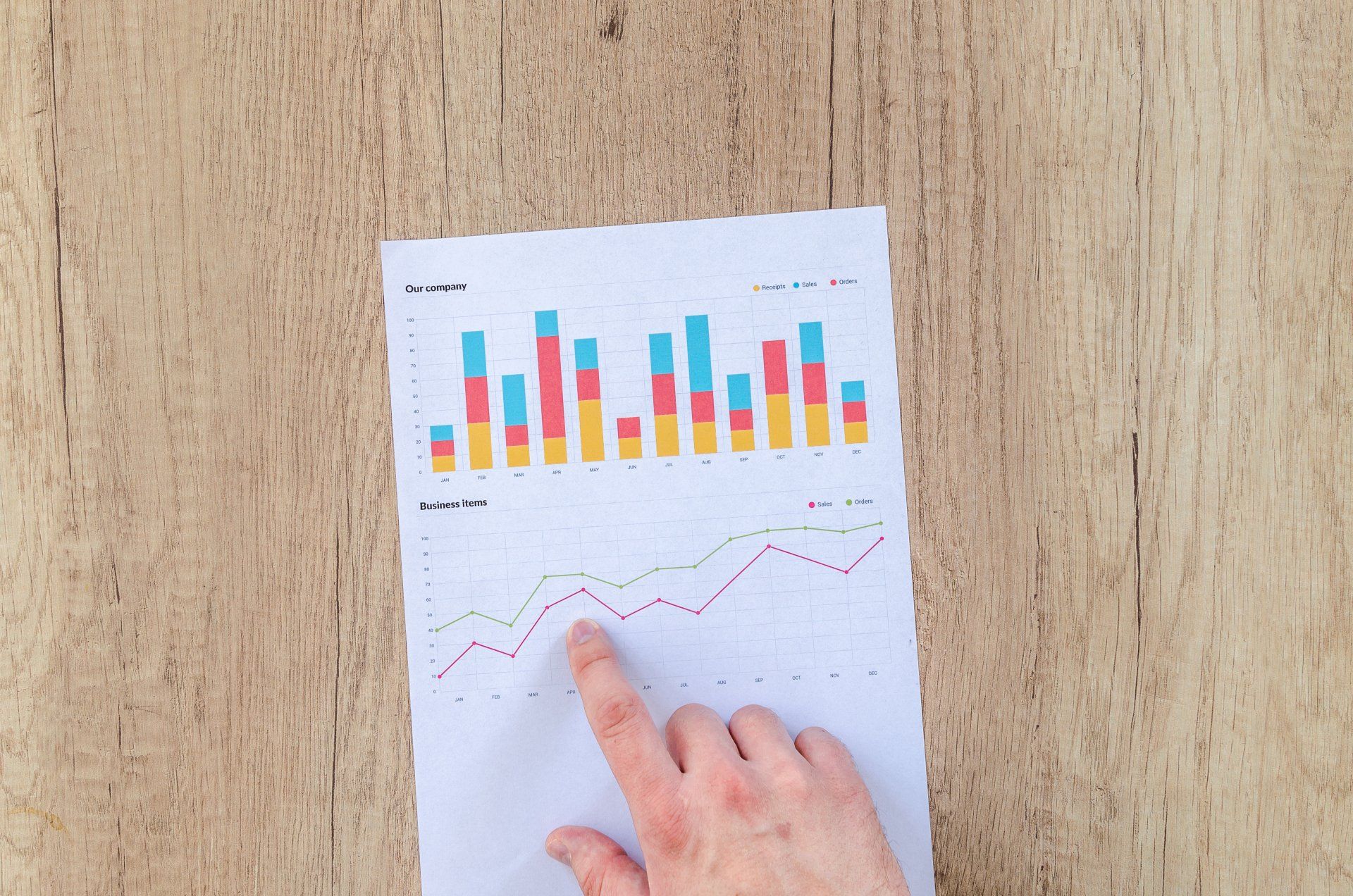Facebook Ads: Measure your conversions!
Heading 1
Facebook Ads are a very effective form of advertising for many businesses. But how effective? If you don’t measure your conversions, you really can’t be sure, as you will have no idea how good your return on investment (ROI) is.
How to advertise on Facebook in 2021 (cotswoldweb.co.uk)
By focusing on conversions, you can ensure you are reaching the right audience and measure your ROI to ensure you’re not paying more for a conversion than you should.
First things first – what is a conversion?
A conversion is when an ad achieves its purpose. It is an action or event which is part of a customer journey. Different businesses will have different actions which they class as conversions. The most obvious conversion is a sale, but it could also be booking a call, filling in an enquiry form or signing up for a subscription.
You can track a huge number of metrics through Facebook Ads Manager (also known as Meta Ads Manager), so it is important to focus on the ones which are most relevant to your business and what you want to achieve. If the only conversion you are interested in is purchases, there is no point in tracking any other form of conversion.
Some common conversions to focus on are:
· Website purchases
· Leads
· Downloads
·
Subscription sign-ups
By doing that, you can work out how much it is costing every time to achieve that goal - known as the Cost Per Action (CPA) on Meta Ads Manager.
Facebook ads mistakes to avoid (cotswoldweb.co.uk)
Results on Meta Ads Manager are the number of times an ad campaign achieves its desired outcome ie a conversion. The result will vary from business to business and industry to industry, depending on the type of ad campaign you use and the goal you have set.
You can measure your ROI using the formula: Revenue divided by ad spend. So if you make £100 revenue and your ad spend is £10, your ROI is 10.
Conversion rate
Conversion rate is the metric used to measure the success of an ad. When you know the aim of your ad campaign, you can measure your conversion rate (sometimes known as the result rate).
This is the percentage of desired results you achieved compared to the total number of impressions. Impressions are the total number of times your ad appeared on a screen in front of your audience.
The formula for your conversion rate is the number of conversions divided by the number of impressions. This is then multiplied by 100 to give a percentage.
If your Facebook ad gets one person to buy a product for every 25 impressions, your conversion rate is 1/25 x 100, which gives a conversion rate of 4%.
Conversion rate is likely to be very different depending on whether you are aiming to reach a business to business (B2B) audience or a business to consumer (B2C) audience. Consumer products are generally cheaper and only one person needs to make the decision.
Using Facebook Ads for B2B businesses (cotswoldweb.co.uk)
Products for a B2B audience are likely to be significantly more expensive and the decision will generally be made over a longer period of time and by more than one person. But when it does convert, it will be worth the wait, with a single B2B conversion usually worth significantly more than a single B2C conversion - or even significantly more than multiple B2C conversions.
Conversion rate also varies significantly from one industry to another. A ‘good’ Facebook Ads conversion rate might be 10%, but that would be considered low in some industries and very high in others. To know what a good conversion rate for your business would be, you need to focus on industry-specific conversion data and make sure your conversions are at least in line with that, then focus on improving them.
It’s important to remember that conversion rate doesn’t account for the money made from a conversion or the money spent to achieve that conversion. If 5% of consumers are converting for two businesses, but are buying something for £10 from one business and £200 from another business, the conversion rate is still the same.
Conversion lift
Conversion lift is a service specifically offered by Facebook to its advertisers. It helps you understand the value of your Facebook Ads in driving sales and conversions (it is also used for Instagram and Audience Network ads).
Conversion lift measures conversions for the 2020s and is based on the fact that most people are switching between devices, rather than sat at the same desktop computer all day. This means cross-device conversion measurement is more important than ever, which is what conversion lift on Facebook offers.
It looks beyond traditional measurement - by measuring the impact of being exposed to an ad across devices, conversion lift offers a more holistic view of an ad's performance, rather than just relying on the number of clicks.
While people use multiple devices throughout the day, a significant proportion of purchases still happen in physical shops. Conversion lift helps you understand ad performance across multiple devices and conversion events, whether they happen online, offline or in-app.
It compares the actions of real people in randomised test and control groups to measure the additional online, offline or mobile app business driven by Facebook Ads. Companies advertising with Facebook have the option to create their own lift studies for key business questions.
All kinds of companies use Facebook to advertise from small, local businesses through to big multinationals. While some industries may see more frequent conversions, its targeting will fit all industries, as well as very localised advertising.
By measuring your conversions, you will know whether or not Facebook Ads are right for the bottom line of your business and whether you need to make any changes to your advertising strategy in the future.
Historically, Facebook Ads have always had 11 ad objectives to choose from. But from January 2024, that is being simplified to six, which should align with a business or organisation’s goals.
More Posts.







